A rail good time, from Beijing to Moscow
MOSCOW — A 138-hour train journey in the dead of winter might sound daunting, but with the Gobi Desert, Lake Baikal and Russian imperial glory along the way, it is an experience not to be missed, says this writer.
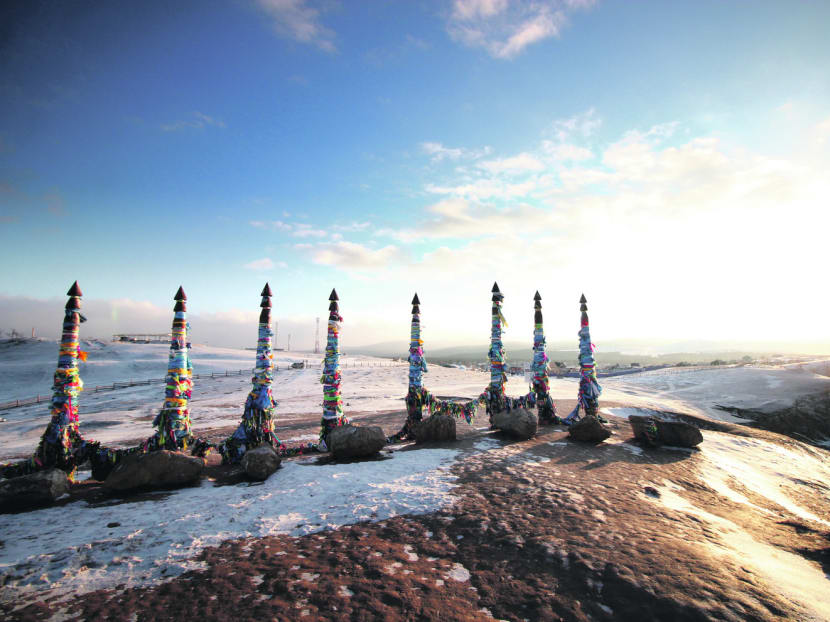
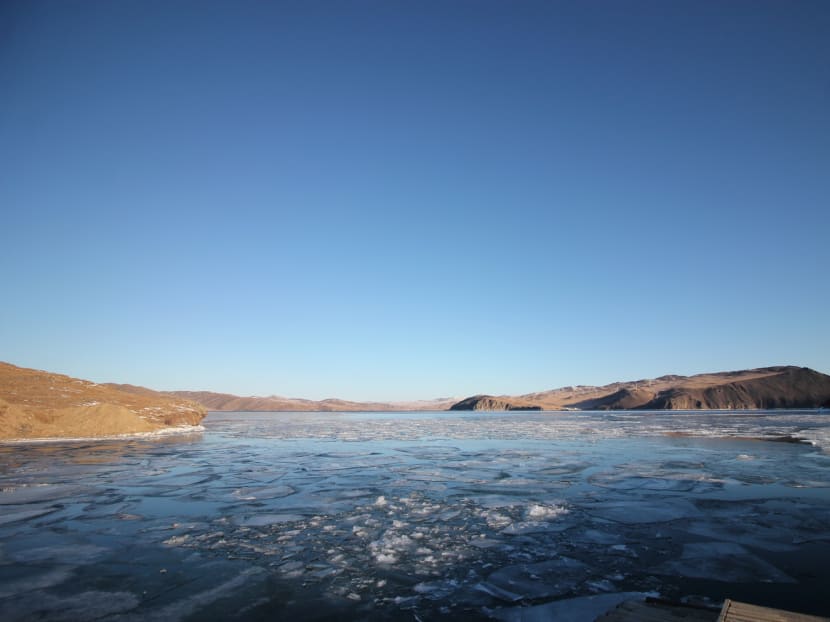
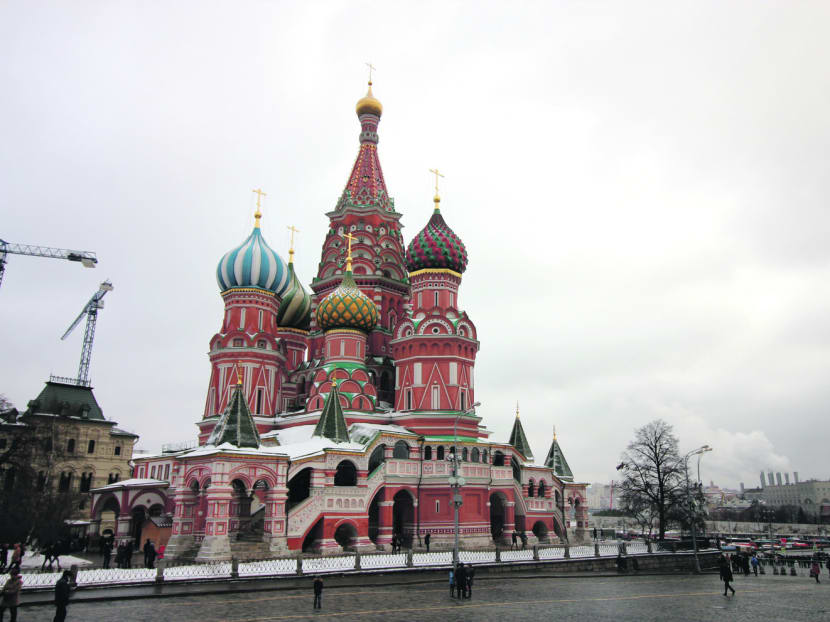
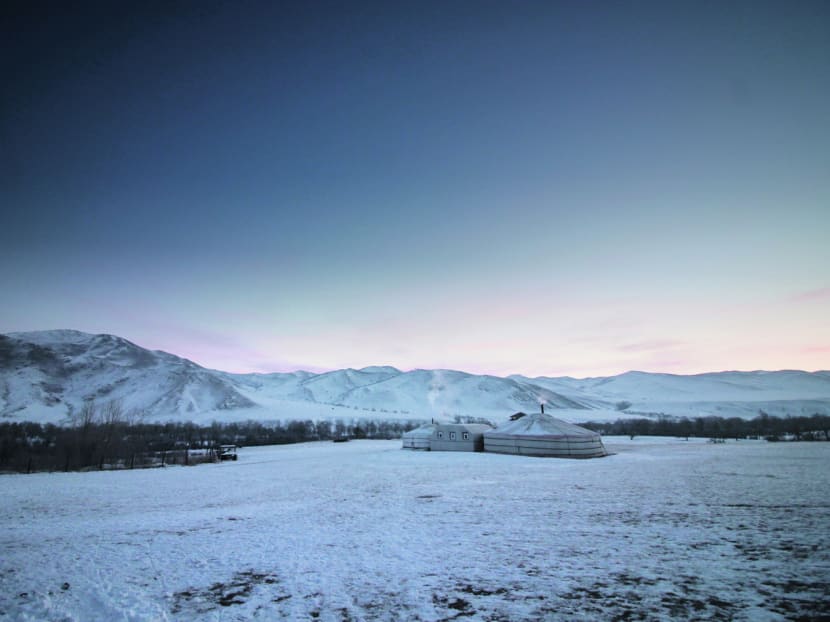
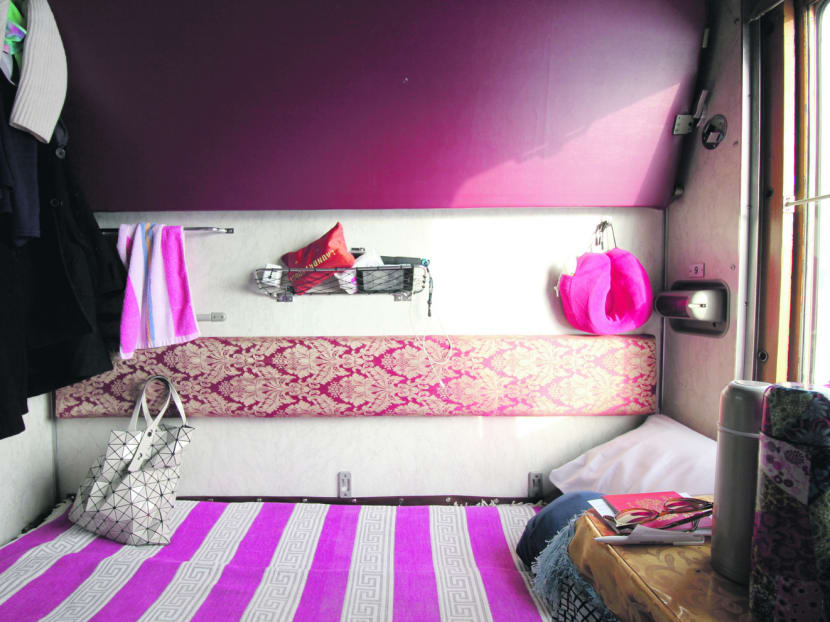
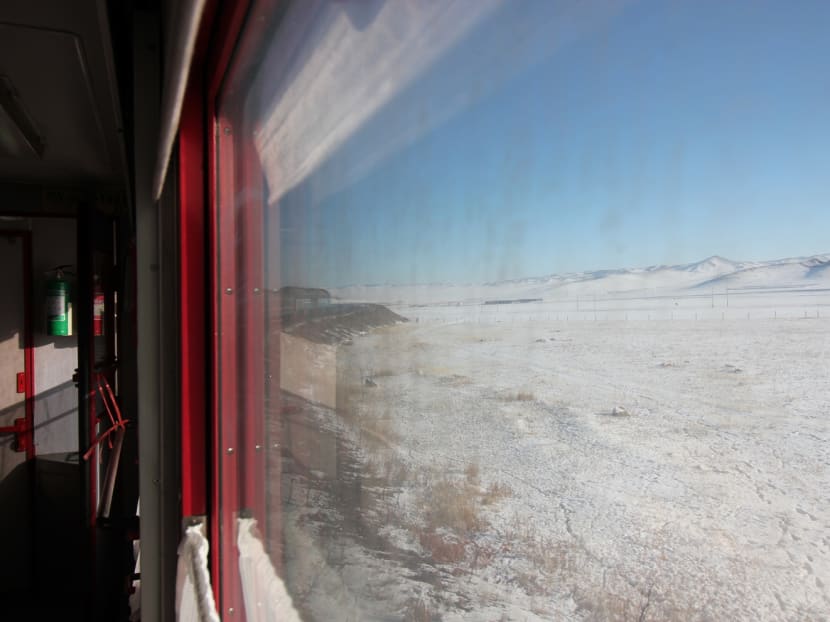
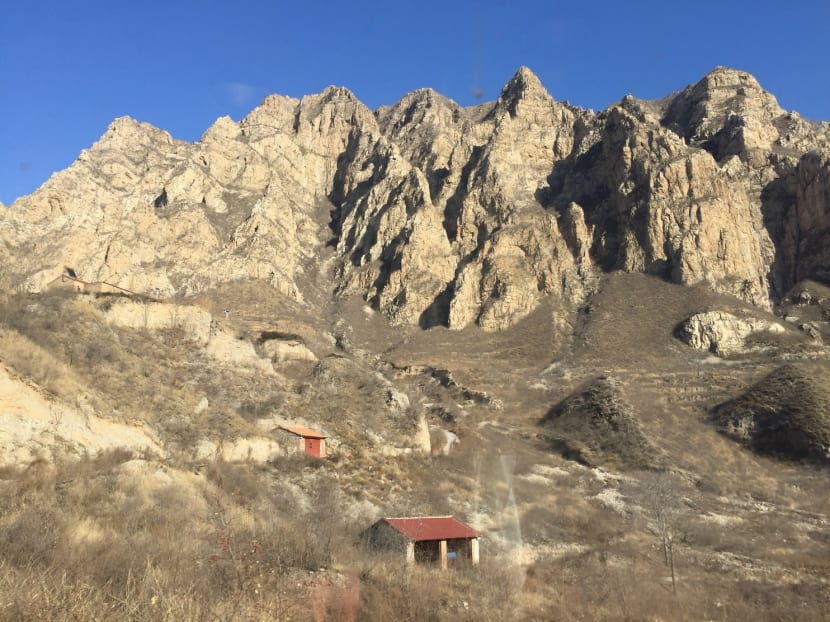
MOSCOW — Just one day into a two-night train ride from Ulaanbaatar, Mongolia to Irkutsk, Russia, and we were already staring numbly at our giant stash of instant noodles, feeling our tongues shrivel in our mouths.
Yes, barely a quarter of the way into our 7,621km journey on rail from Beijing to Moscow, we were defeated: By the thought of yet another meal of instant noodles. The train for this leg of the journey — just 35 hours, no big deal — had no dining car, and few stops were long enough to venture into the stations to look for food.
By the time the train crossed the border and rolled into Ulan Ude for a 30-minute stop, we were excited enough about real food to literally make a run for it.
My two sisters, my travelling companions for this trip, hotfooted it to the station cafe and came back with steaming buckwheat rice served with a juicy meat patty, our very first Russian borscht (beet soup), and thin, sweet pancakes.
When we started planning the trip six months earlier, we worried about the possibility of boredom, missing trains, and dirty common bathrooms. We had not realised that the secret of enjoying the Trans-Siberian (in our case, it was actually the Trans-Mongolian) is to make sure that we ate something other than instant noodles.
When the next leg of our journey rolled around — only 75 hours, a breeze — we had wised up and made sure we added some bread, cheese, salami and fruit for variety.
SUB-ZERO ADVENTURE
Aside from this, the journey is basically one long upside. Yes, this is even with the icky idea of not taking baths for days at a time, bunking with perfect strangers (who also have not taken baths), and the fear that the long hours stuck on a train will turn you into Jack from The Shining.
Rather than simply ride the train from start to finish (which takes six nights), we made stops at the major points. We spent a few nights in Beijing so that we could hike on the Great Wall; we stopped at Ulaanbaatar and spent two nights in a national park amid Narnia-like snowy landscapes; and we went to Irkutsk, a handsome yet quaint city with stunning wooden Baroque architecture — and a stepping stone for visiting the otherworldly Lake Baikal, the world’s largest freshwater body. And of course there is Moscow, the heart of Russian power, and further west lies St Petersburg, home to Russia’s imperial glory.
I mentioned snowy landscapes — yes, we decided to hit northern China, Mongolia and Siberia in winter, partly because we could avoid the crowds of warmer seasons and not worry about being unable to book a bunk. Also, we are Singaporeans, and find snow exotic. All we needed to do was bundle up like the Michelin Man, and we would be able to enjoy the sights without the hordes.
We were right, because as it turns out, very few people are keen on toddling around knee-deep in snow, in minus 30-degree Celsius weather, wondering if their ears have fallen off.
The winters of Siberia and Mongolia are not to be trifled with. On the train, you can lounge around in a t-shirt and yoga pants, and feel smug while sipping your hot Milo. Step outside and your breath literally freezes over, enough for you to pick frost off the scarf you wrapped around your face to stay warm. After Ulaanbaatar and Lake Baikal, St Petersburg and Moscow, at minus 3 degrees Celsius, felt balmy.
NEVERENDING SCENIC JOURNEY
What most people think of one rail journey is actually several routes that overlap. In 1891, Tsar Alexander III agreed to a plan for a trans-continental line linking Moscow and St Petersburg with Vladivostok on the Pacific coast, and the first trains completed the journey in 1901. Lines were later added to the configuration, including the Trans-Mongolian, which reached China in 1956.
A traveller today can take the train between Moscow and Vladivostok (the Trans-Siberian, 9,258km), between Moscow and Beijing via Harbin (the Trans-Manchurian, 8,986km), and between Moscow and Beijing via Mongolia (the Trans-Mongolian, 7,621km).
What does one do on train journeys this long? (For perspective, flying from Beijing to Moscow would have taken eight hours by plane.) Our rail journey, broken up by multi-day stops, included a 75-hour ride, preceded by two trips that lasted 28 hours and 35 hours respectively.
You kill time by reading, eating, sleeping, and watch the landscapes outside the window train, an experience that sometimes felt like time travelling. You leave the skyscrapers and freeways of Beijing behind, and enter valleys that are verdant in summer, and dramatic and rocky in winter. Civilisation winds down to pockets of farms and villages — idyllic scenes broken by the jarring sight of the odd industrial plant belching smoke in the distance.
We failed to recognise the Gobi desert when we began crossing it — the vast sand dunes are dusted with snow in winter, and the landscape is a dazzling white set against an endless blue sky.
Horses, goats and cows covered in a shaggy hide graze, and the occasional ger (tent) comes into view, the thin stream of smoke from its chimney evoking cosy feelings. Ulaanbaatar appears, jolting one back into modernity, although its high-rise condos sit cheek to jowl with the gers.
Fast forward to Russia, and the seemingly neverending taiga forest creeps close to the trains, the wall of snow-strewn tall, dark pine trees creating a scene straight out of a Grimm Brothers’ fairytale. The letters on the signs at the train stations change; once we leave China we can no longer read, and rely on translation apps and sign language to make ourselves understood.
In the confines of a train cabin, you are unceasingly on the move without actually going anywhere — the ultimate armchair traveller. Yet there are few better ways to experience the vastness that is Russia, or imagine the scale of the Mongol empire in its heyday.
Fellow travellers become part of the experience. A simple exchange with a Mongolian border guard on how he passes his time on the train (Facebook, WhatsApp) makes the people of a foreign land just a little less foreign. That said, very few travellers we met actually spoke English, so we made do with people-watching and making up back stories. Patience, an eye for detail and a vivid imagination are the best friends of a rail traveller. So are programmes downloaded from Netflix before leaving Singapore.
And there is no rush. The landscapes unfold before you, the sunsets roll by. There are no worries about crowds, or closing times, or lines for tickets.
I have heard people describe the journey as an incredibly long bore, and perhaps it can be, if you are travelling alone, or complete the six-day journey without a single stop.
But it is a journey that brings you from Asia to Europe, spans five time zones, and features a desert, a lake bigger than some countries, and the history and culture of some of the greatest civilisations in history. Boring? Pity the person who cannot make the most of a trip like this.
Tips for travelling on the Trans-Siberian:
Pack light
Space is tight in train cabins. Do not take anything you cannot haul into the train (sometimes, the carriages sit pretty high above the platform), or anything you cannot lift over your head into the overhead compartments or slide into the storage space beneath the seats. Also, rather than opening your luggage every time you need something, use a small daypack to keep your necessities within easy reach.
Have a food stash
We had dining cars on the Chinese and Russian trains (in China, we took the Trans-Mongolian train and in Russia, we took the Rossiya train), and the tickets include one meal.
Whatever food we did try was uniformly bad — was there ever mushier rice than the rice I swallowed on the Chinese train? But do not only pack instant noodles — bread, fruit and items such as cheese and cured meats are easily available in the shops of whatever city you stop at, so stock up on the go.
During the warmer months, there may also be hawkers selling food on the platforms, but there were none during our winter journey. Hot water is available in every carriage.
On the Russian train, ask the carriage attendant for a Russian-style tea mug (a glass with a metal holder), which you can hold on to and use throughout the trip.
Or buy a new one from the train gift shop, and keep it as a souvenir.
Do not fear the toilets (except, unfortunately, on the Beijing to Ulaanbaatar train)
The Mongolian and Russian trains astonished us with their sparkling clean common bathrooms, which resemble aeroplane toilets, but cleaner. Perhaps we were lucky to have civic-minded fellow travellers in our carriage, but points must be awarded to the super-conscientious carriage attendants who cleaned the bathrooms till they shone. The Rossiya train even had wet wipes in the loo should you be extra fastidious.
The Chinese train ... not so much. I have had pleasant overnight rail journeys in China before, but this was not one of them. The cabins are passably clean but the bathrooms, constructed 95 per cent from sheet metal and not terribly well-cleaned throughout the journey, were a punishment.
Clean linens, including a small face towel, are provided on the trains (in sealed laundry bags) and there are sinks in the bathrooms, but environmentally unfriendly as it is, you will find it useful to bring along a jumbo pack of wet wipes and kitchen towels to clean on the go.
Plan, plan, plan
There are no “hop-on-hop-off” rail passes for the Trans-Siberian — you have to book separate tickets if you intend to stay on any one stop. This means you cannot get out of planning every leg of your trip, unless you have a very flexible schedule.
The good news is that websites such as Man in Seat 61 and Way to Russia are chockfull of good tips on how to go about this.
Third-party agencies such as Real Russia will also book tickets for you for a fee once you finalise your itinerary — which is useful for countries for which online bookings are iffy, like China and Mongolia. Happily, you can save some money by booking Russian Railways tickets direct on its website, for trips within Russia.
Booking the four-bunk cabin on the Rossiya train on Russian Railways is recommended — very comfortable and clean.
In theory, you can buy tickets on the spot at stations, but bear in mind that these trains do not always run daily, and missing one train might mean a delay of several days. Our train from China was virtually empty, but the Russian train was full, even though it was winter.





